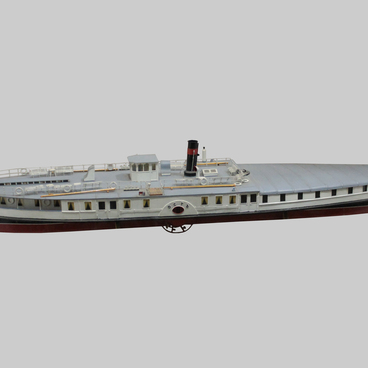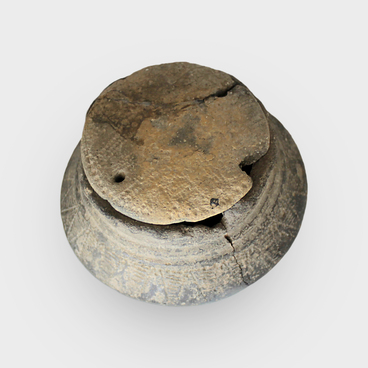Mazhit Gafuri was a Bashkir poet, playwright, and storiologist. He was born on July 8th (20th under the old calendar), 1880 into the family of a Muslim teacher from the village of Zilim-Karanovo in Sterlitamak District, in Ufa Province. Gafuri was the fifth child born into the family. There is no information in historical sources on Mazhit Gafuri’s ethnic origins. In 1896, he left for Ufa to enroll in a Muslim school — the Gusmaniya madrasa — but he did not have enough money to study, and he returned home to his native village. Two years later, he entered the Rasuliya madrasah in the city of Troitsk, and studied there until 1904.
In his free time, Mazhit Gafuri worked at the gold mines owned by the Rameyev family, and that is where he became familiar with the lives of the miners. Later, Gafuri taught children in the steppes of Kazakhstan, was involved in collecting folk art samples, and during these years he showed an interest in Russian literature.
In his free time, Mazhit Gafuri worked at the gold mines owned by the Rameyev family, and that is where he became familiar with the lives of the miners. Later, Gafuri taught children in the steppes of Kazakhstan, was involved in collecting folk art samples, and during these years he showed an interest in Russian literature.
From 1904-1906, he studied at the Mukhammadiya madrasa in Kazan, and then, from 1906-1908, at the Galiya madrasa in Ufa.
His first poem written in the Bashkir language was titled Shakirdam ishana, and it was written by Gafuri in 1902. In 1904 in Orenburg, his first book was published, and it was called Siberian Railway, or the State of a Nation. The first Russian revolution, and its consequences, altered the worldview that Mazhit Gafuri had. In his poems Our Days, Two Birds, and The Rich Man he wrote about social inequality.
His first poem written in the Bashkir language was titled Shakirdam ishana, and it was written by Gafuri in 1902. In 1904 in Orenburg, his first book was published, and it was called Siberian Railway, or the State of a Nation. The first Russian revolution, and its consequences, altered the worldview that Mazhit Gafuri had. In his poems Our Days, Two Birds, and The Rich Man he wrote about social inequality.
From that time onward, the poet often criticized discrimination, inequality, and the existing system. He wrote about that in his works: Bequeathal from 1906 to 1907 and The Response from 1907.
In April 1912, Mazhit Gafuri met Gabdulla Tukai, a luminary of Bashkir literature. The poets became friends, and when Tukai died, Gafuri’s poem titled You Are Not Dead, You Will Live for Centuries was published.
n 1925, his drama Red Star was published about the participation of workers and peasants in the revolutionary struggle. For that, the author was awarded the first prize of the Bashkir People’s Committee of Education.
The poet’s memorial house museum is located to the present day in Ufa. Gafuri lives the last 11 years of his life there, and many of his famous works were born there. There is also a house museum open in his hometown of Zilim-Karanovo. In Ufa, it is also possible to see the monument to Mazhit Gafuri in front of the building of the city theater.
In April 1912, Mazhit Gafuri met Gabdulla Tukai, a luminary of Bashkir literature. The poets became friends, and when Tukai died, Gafuri’s poem titled You Are Not Dead, You Will Live for Centuries was published.
n 1925, his drama Red Star was published about the participation of workers and peasants in the revolutionary struggle. For that, the author was awarded the first prize of the Bashkir People’s Committee of Education.
The poet’s memorial house museum is located to the present day in Ufa. Gafuri lives the last 11 years of his life there, and many of his famous works were born there. There is also a house museum open in his hometown of Zilim-Karanovo. In Ufa, it is also possible to see the monument to Mazhit Gafuri in front of the building of the city theater.



